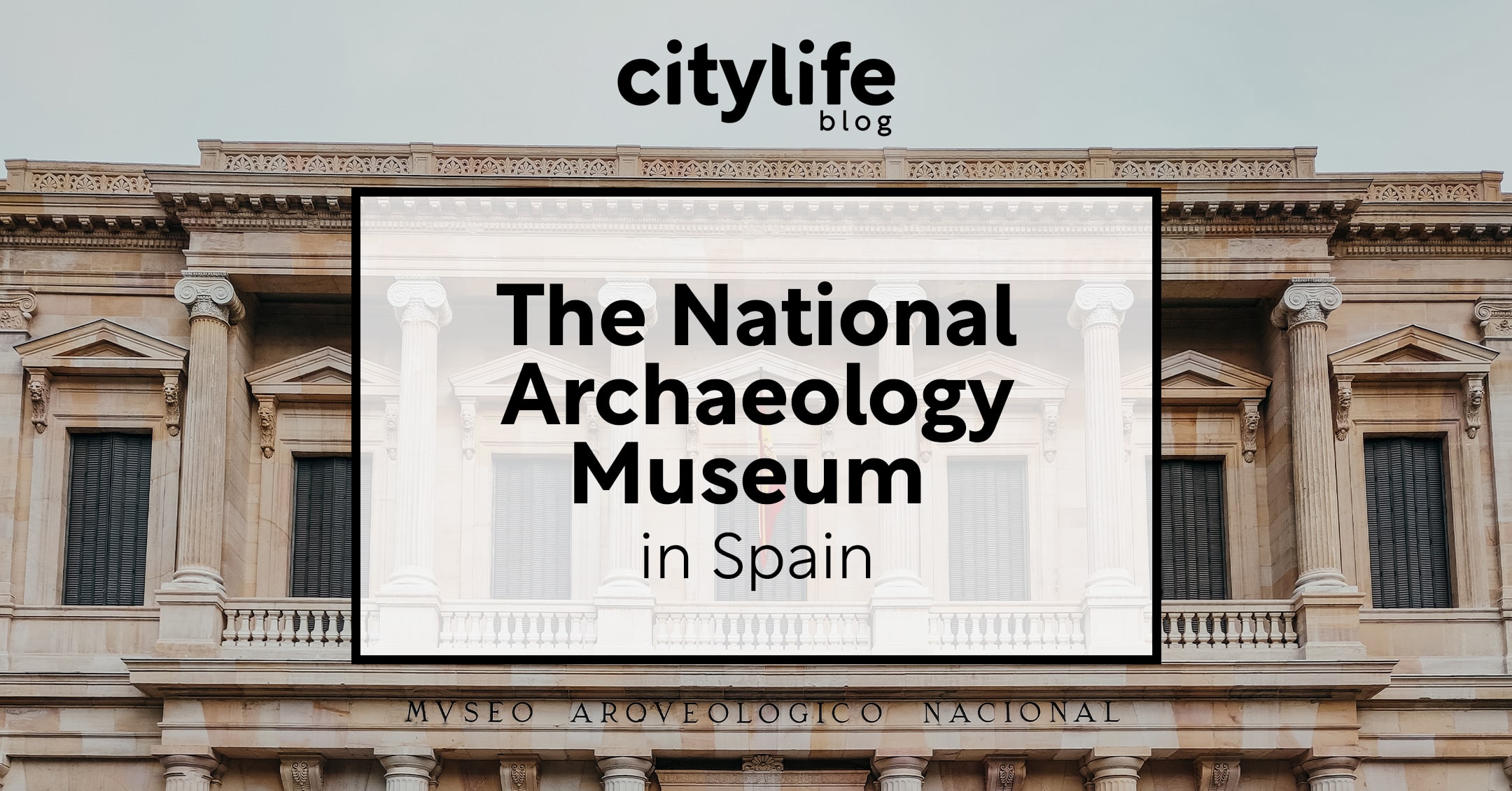
If you’re into history, old things, and anything that looks like it belongs in a very fancy tomb, then you need to check out the Museo Arqueológico Nacional, or National Archaeology Museum in Madrid. Located in the upscale Castellana district, this museum covers everything from prehistoric tools and Iberian goddesses to Roman mosaics, Islamic architecture, and Renaissance relics, spread across four well-organised floors. But it’s not just glass cases and labels: the museum also hosts historical theatre, expert talks, monthly exhibitions, and even private evening visits for those who want to wander through ancient history with fewer people and better lighting.
If you’re into cultural deep-dives, be sure to check out our guide to the Palaces of Madrid, the Naval Museum, or the Museum of Romanticism.
About the Museo Arqueológico Nacional (National Archaeological Museum)
The Museo Arqueológico Nacional was founded in 1867 by Queen Isabel II with the goal of creating a central space to preserve and showcase Spain’s historical heritage. Today, it’s one of the most important archaeology museums in Europe, offering a full overview of human history in the Iberian Peninsula with a few stops in ancient Egypt, Greece, and the Near East along the way. The museum is divided into chronological and cultural sections, making it easy to follow the development of ancient civilisations over time. Exhibits are presented with clear signage (in both Spanish and English), digital displays, and interactive stuff to keep your TikTok brain invested.
Visiting Information
To make your visit to the National Archaeology Museum in Madrid as smooth as possible, check out the following details on the museum’s hours of operation and ticket prices. Find additional visiting information here.
Visiting Hours
Monday to Saturday: 9:30 to 20:00
Sunday and Holidays: 9:30 a 15:00
Price
General free admission: Saturdays from 14:00, Sunday mornings and some holidays. Students aged 18 to 25, Children under 18 and elderly over 65.
General admission: 3,00€
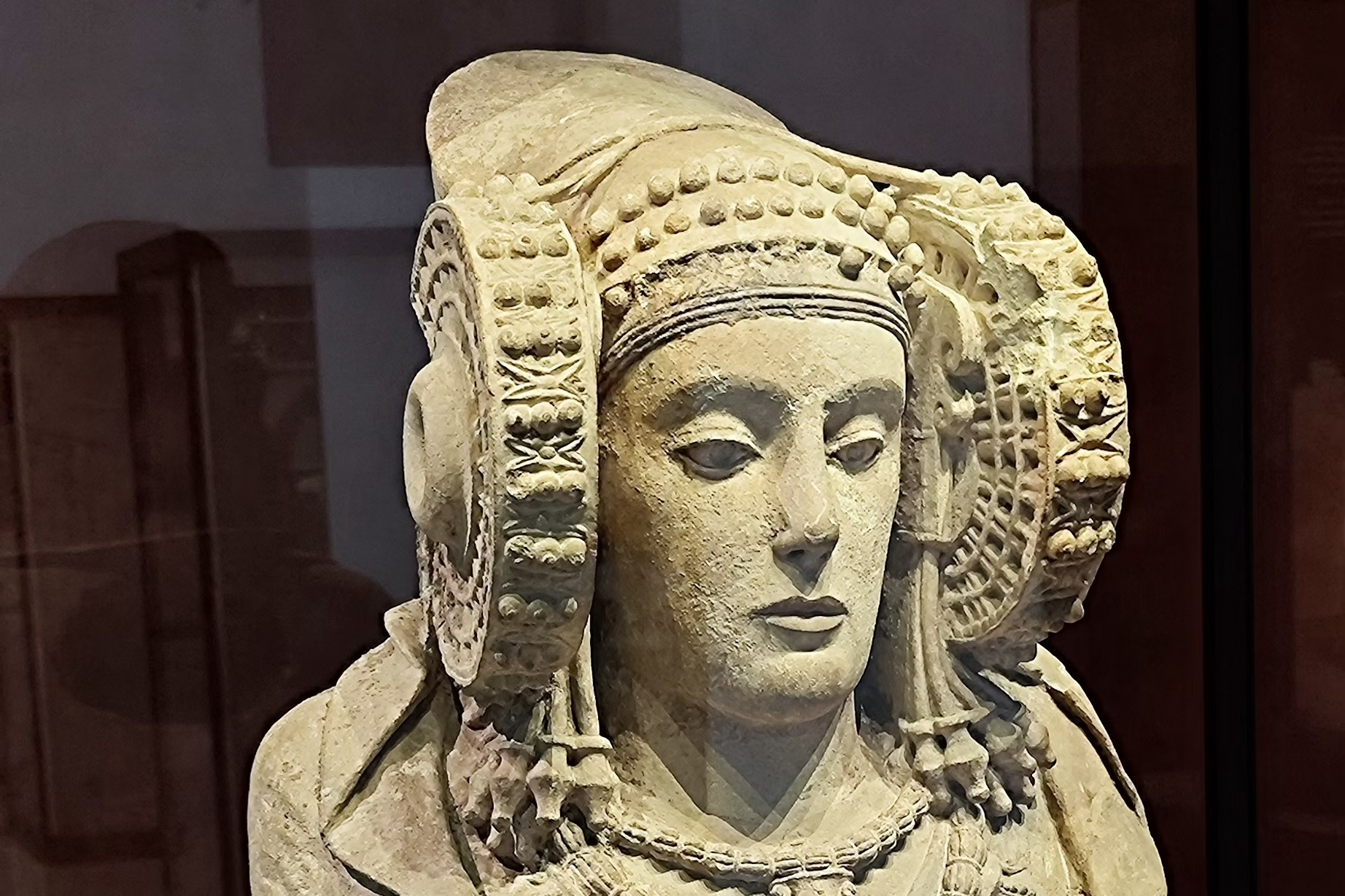
Museo Arqueológico Nacional Address
Calle de Serrano, 13
Metro: Serrano (Line 4) or Retiro (Line 2)
What to See at the National Archeology Museum in Madrid
There’s a lot to look at, but here are a few things we recommend you take a look at!
The Lady of Elche
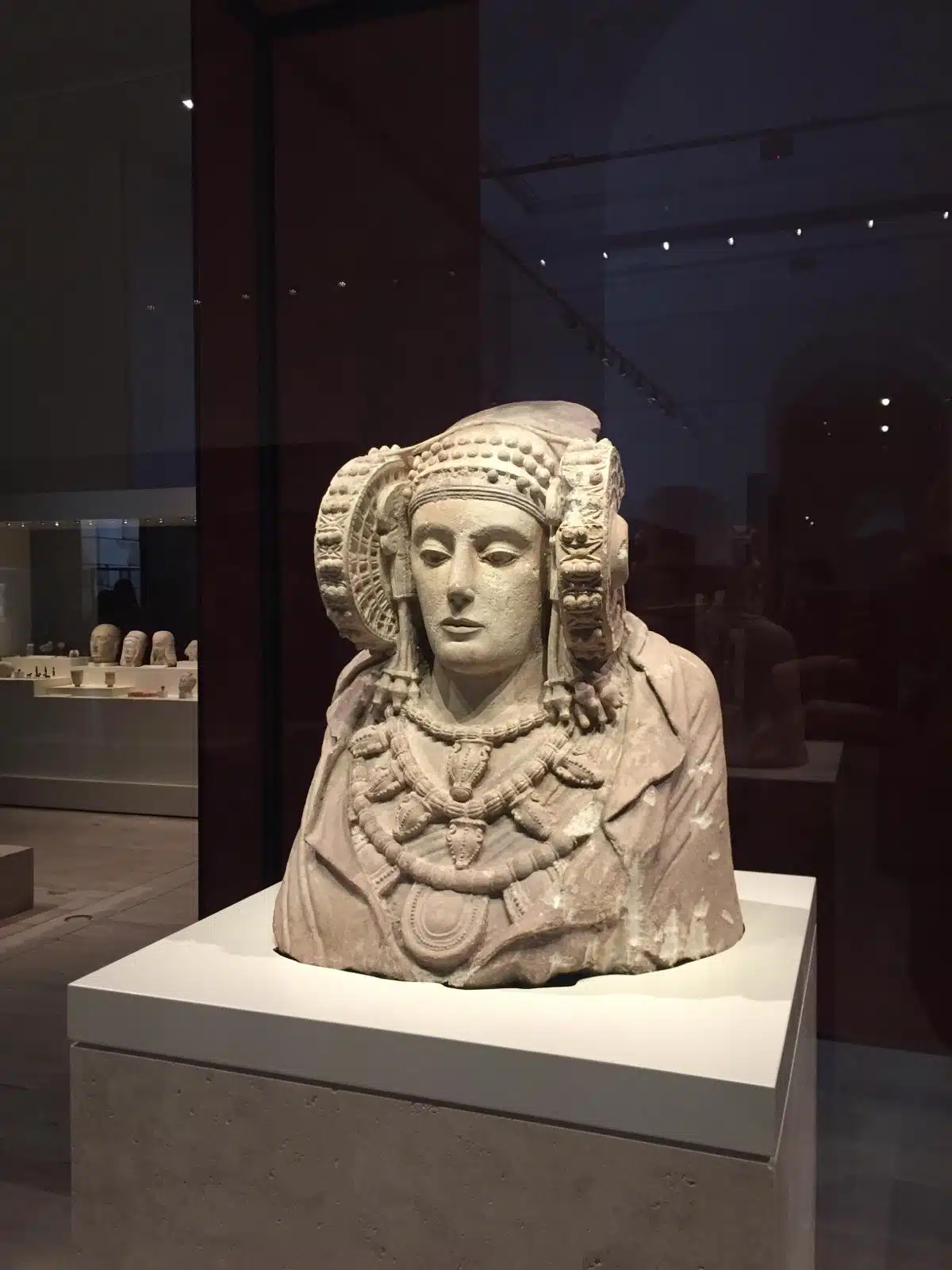
One of the museum’s most iconic pieces, this 4th-century BCE Iberian bust is still the subject of debate. Her elaborate headdress and solemn expression suggest she was an important figure, possibly a priestess or goddess (or Iberian Beyonce), and she remains one of the most striking examples of ancient Iberian art that can be viewed in the National Archaeology Museum in Madrid.
Treasure of Guarrazar
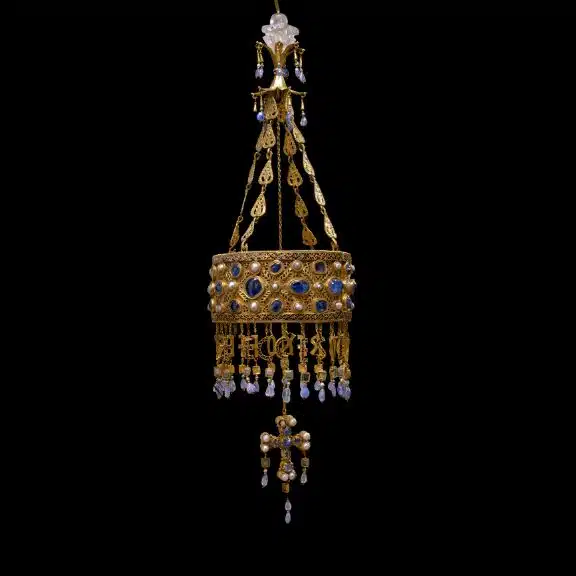
A set of 7th-century Visigothic votive crowns and crosses was discovered near Toledo. This treasure is a rare example of early medieval goldwork. Intricately decorated and suspended with tiny chains and jewels, these objects were likely donated to churches by royalty and are among the finest pieces of early Christian metalwork in Europe.
Altamira Cave Replica
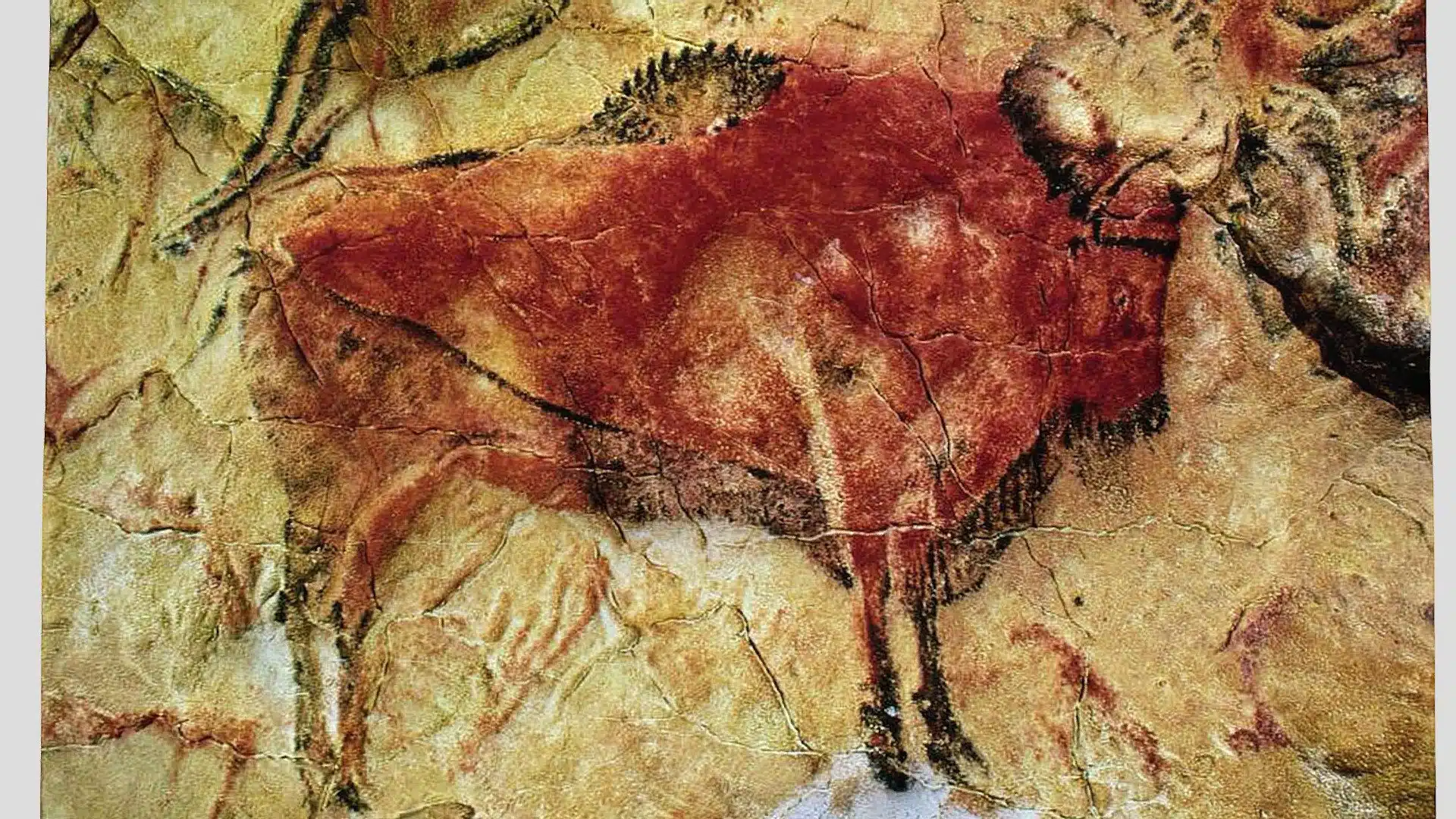
While the original Paleolithic cave is closed to the public, this full-scale replica allows visitors to experience one of Europe’s oldest and most famous cave art sites. The detailed ceiling paintings—bison, deer, and handprints—are a powerful reminder of humanity’s earliest artistic expression.
Belt from Aliseda (7th century BCE)
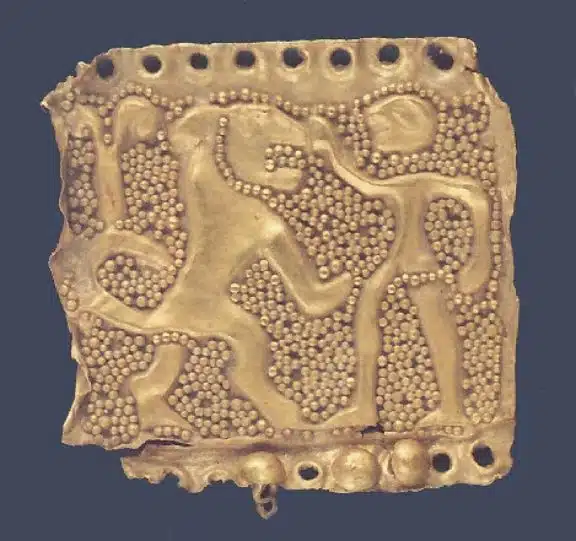
This ornate gold belt was found in a burial near Aliseda, Cáceres, alongside other luxury items from the so-called Treasure of Aliseda. Made by Tartessian artisans using Phoenician techniques, it features intricate designs of plants, gryphons, and the Phoenician god Melqart battling a lion. Likely worn by a local elite before burial, the belt reflects both wealth and eastern Mediterranean influence in early Iberian society.
Belt from ANapier’s Calculating Machines (17th century)
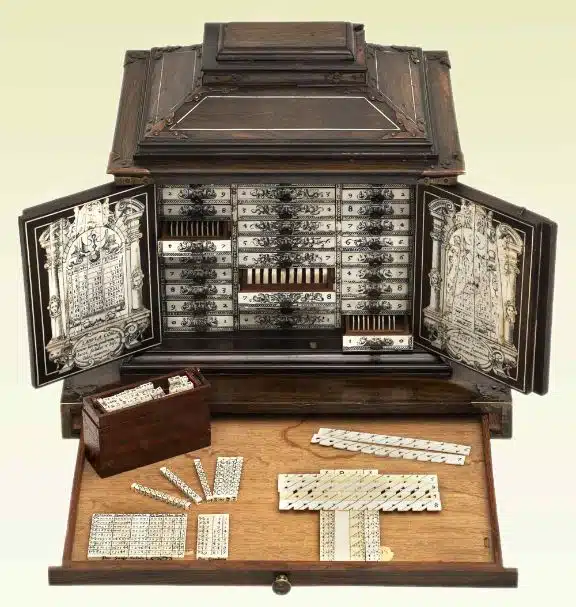
Housed in a small ivory-inlaid wooden case, these two early calculators were based on inventions by 16th-century mathematician John Napier. One uses rods and number tables to simplify multiplication; the other, stored in drawers, uses perforated pieces to perform more complex calculations; especially useful in fields like astronomy and cosmography. It’s a brilliant example of early scientific innovation during the Renaissance.

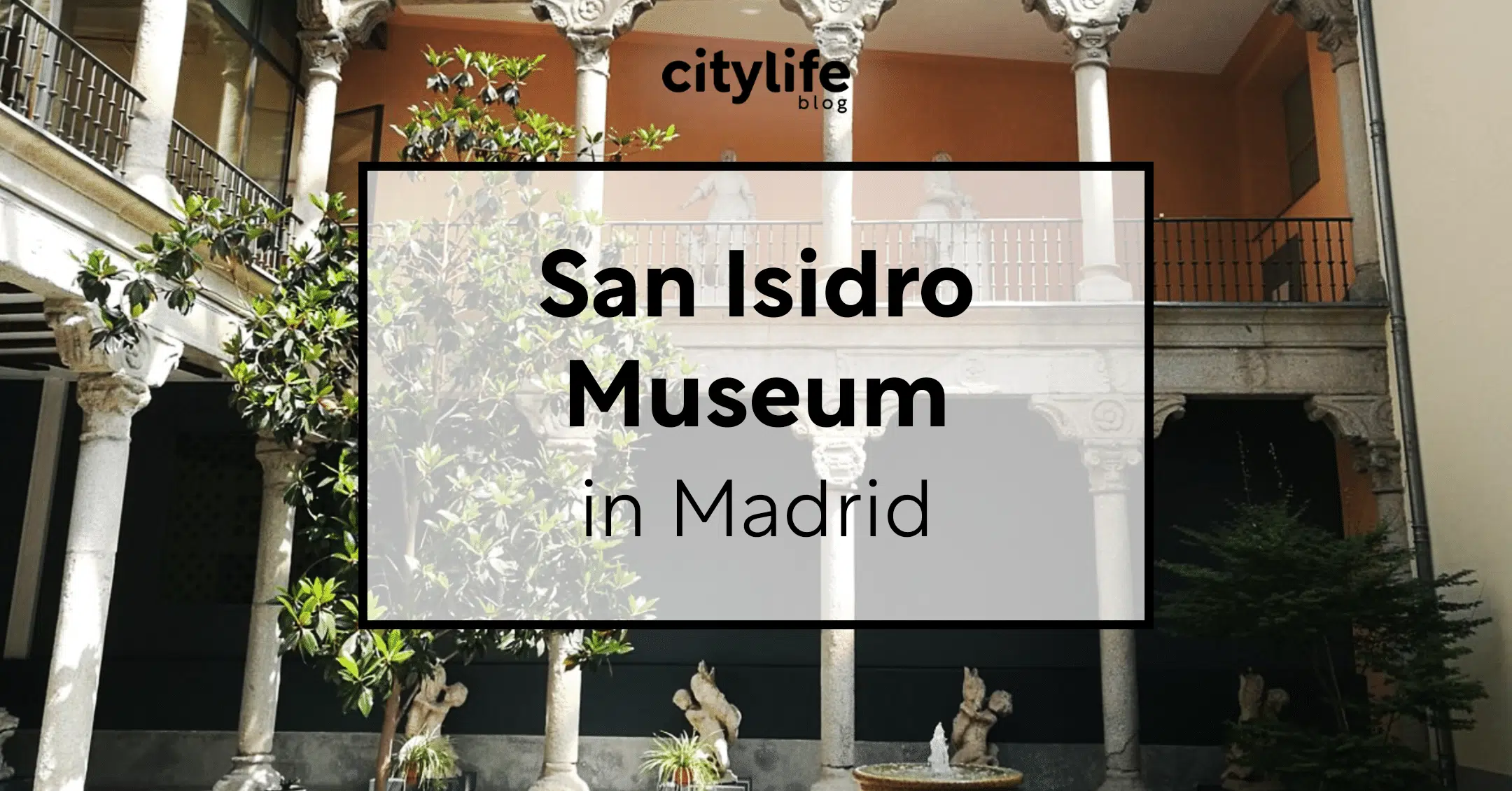

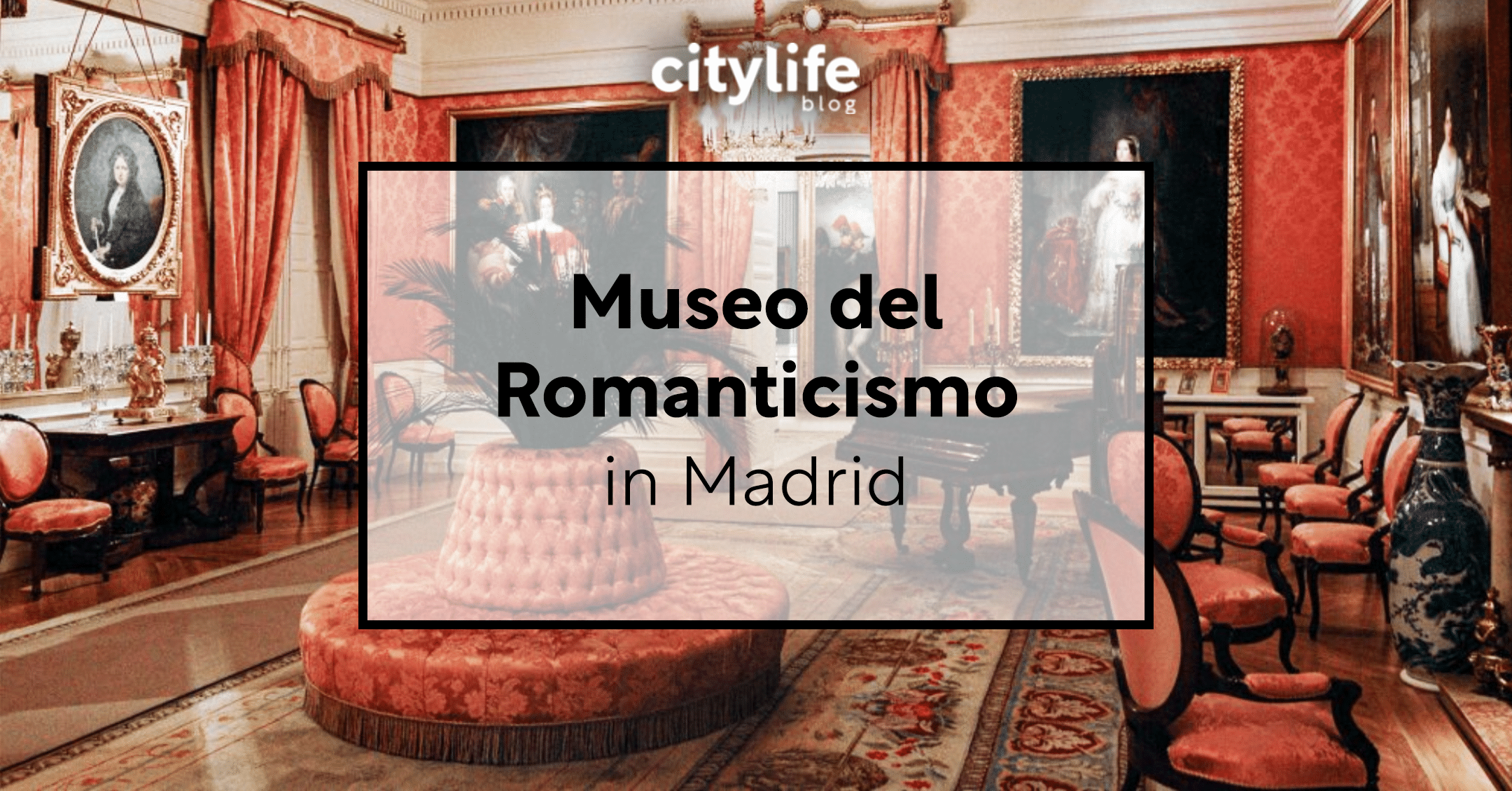
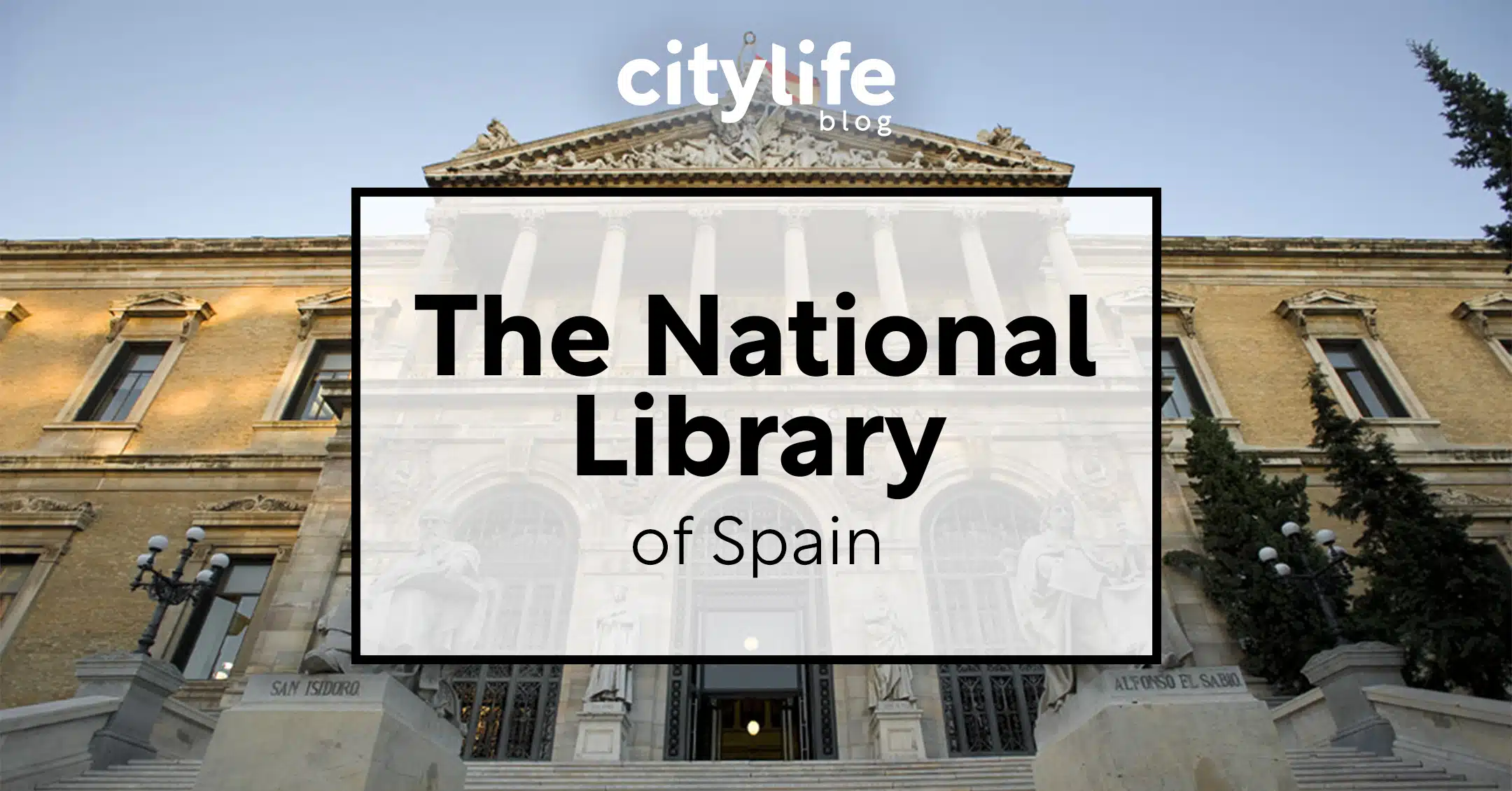
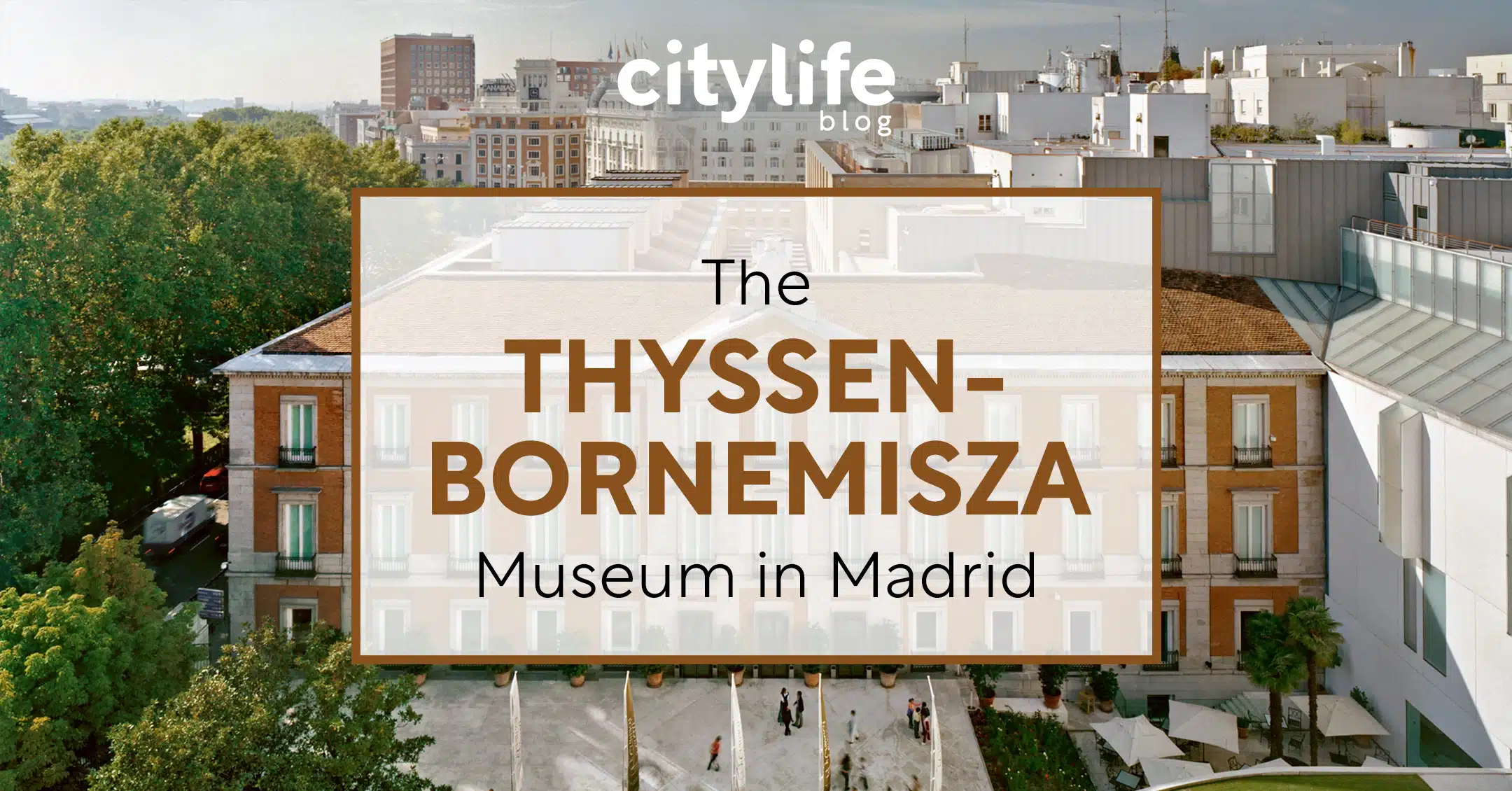

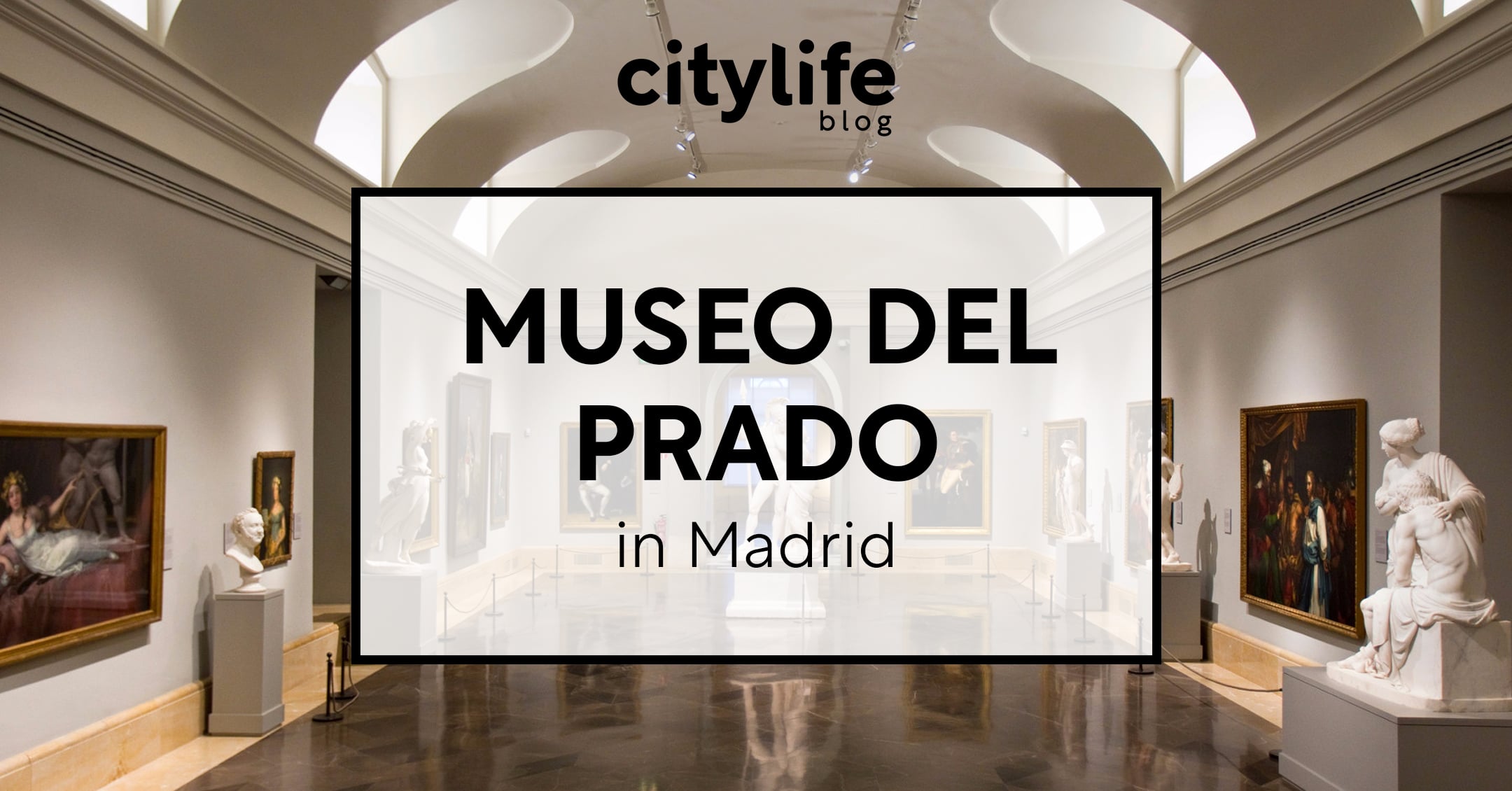
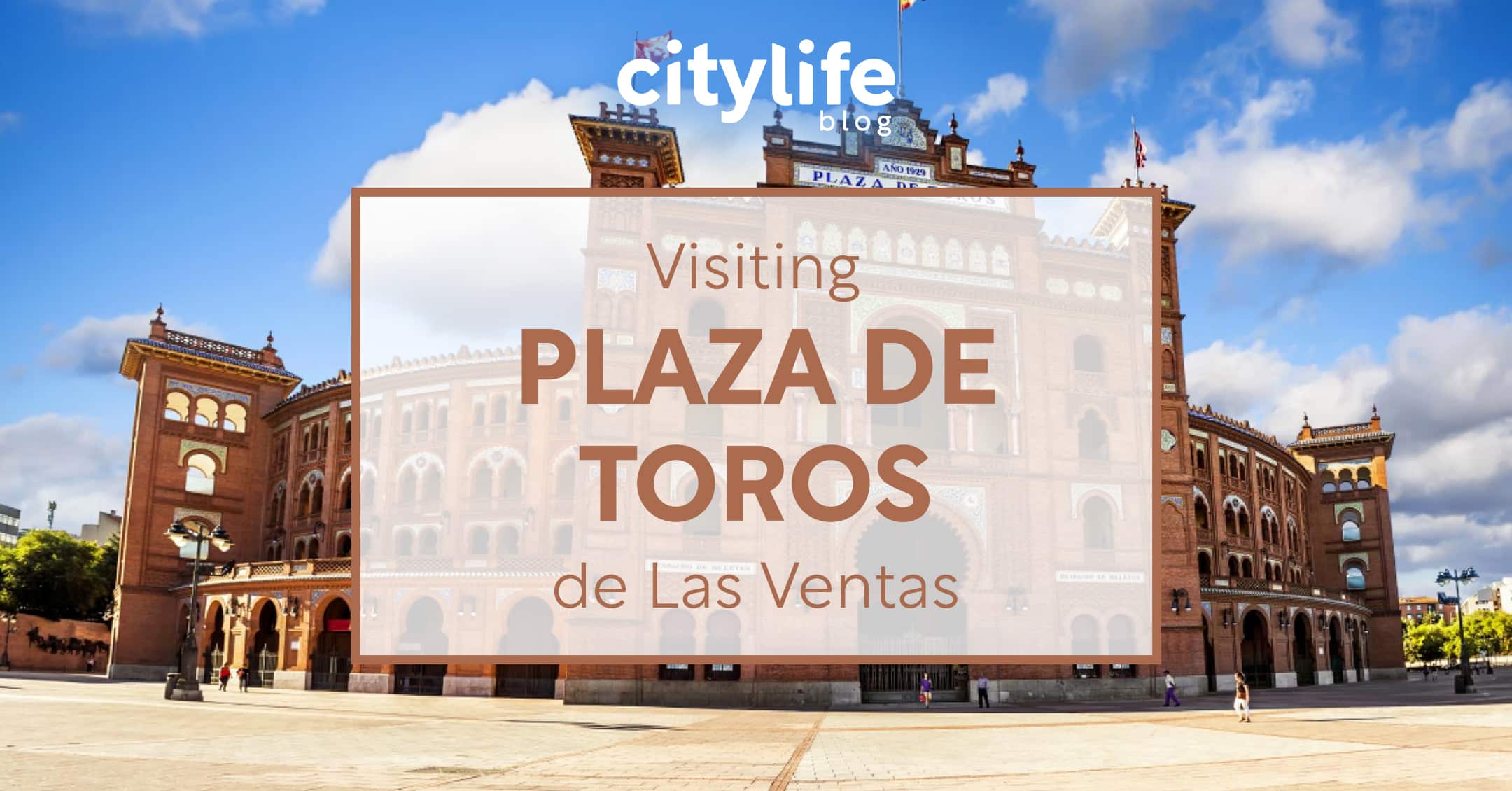
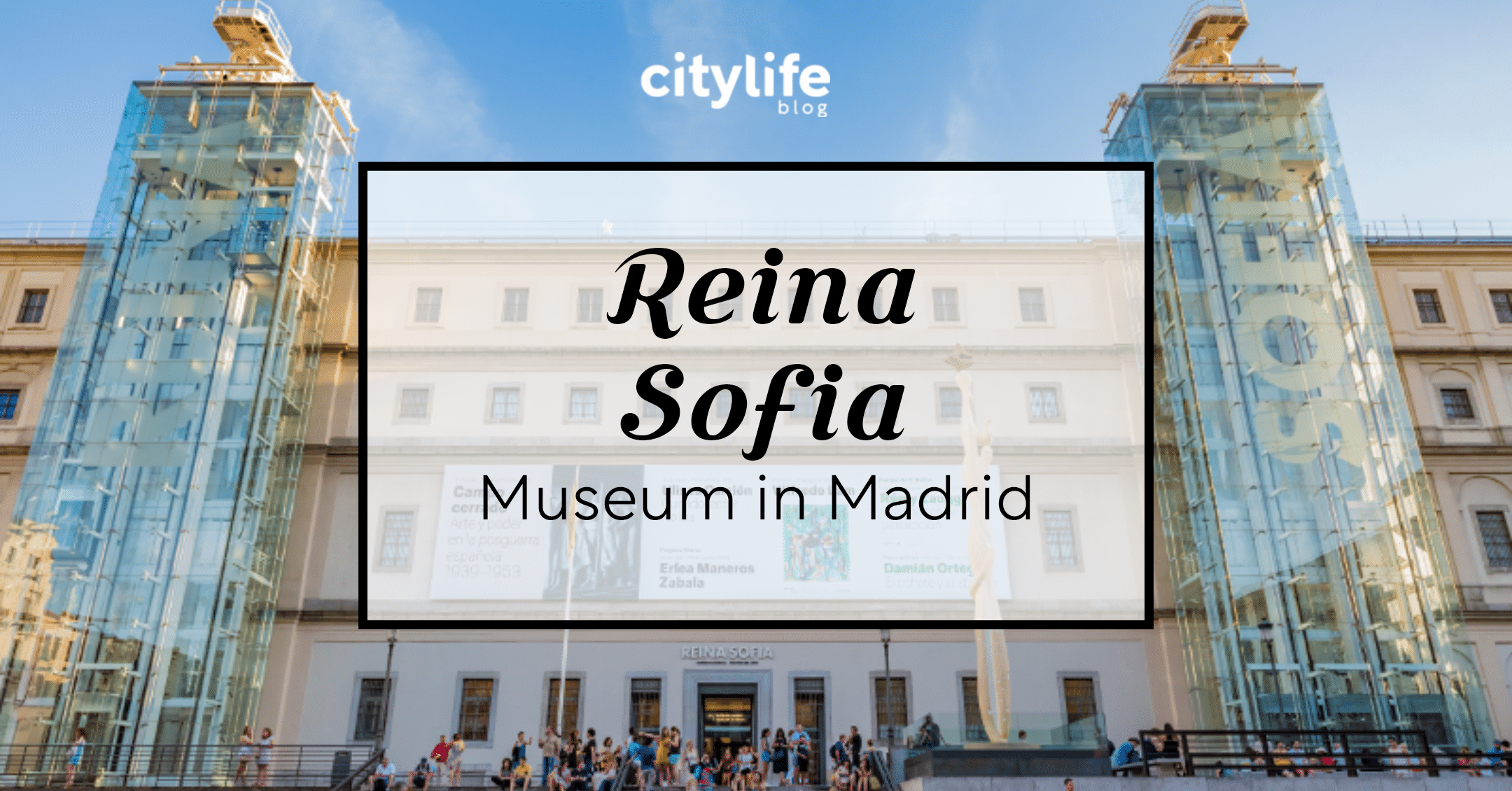
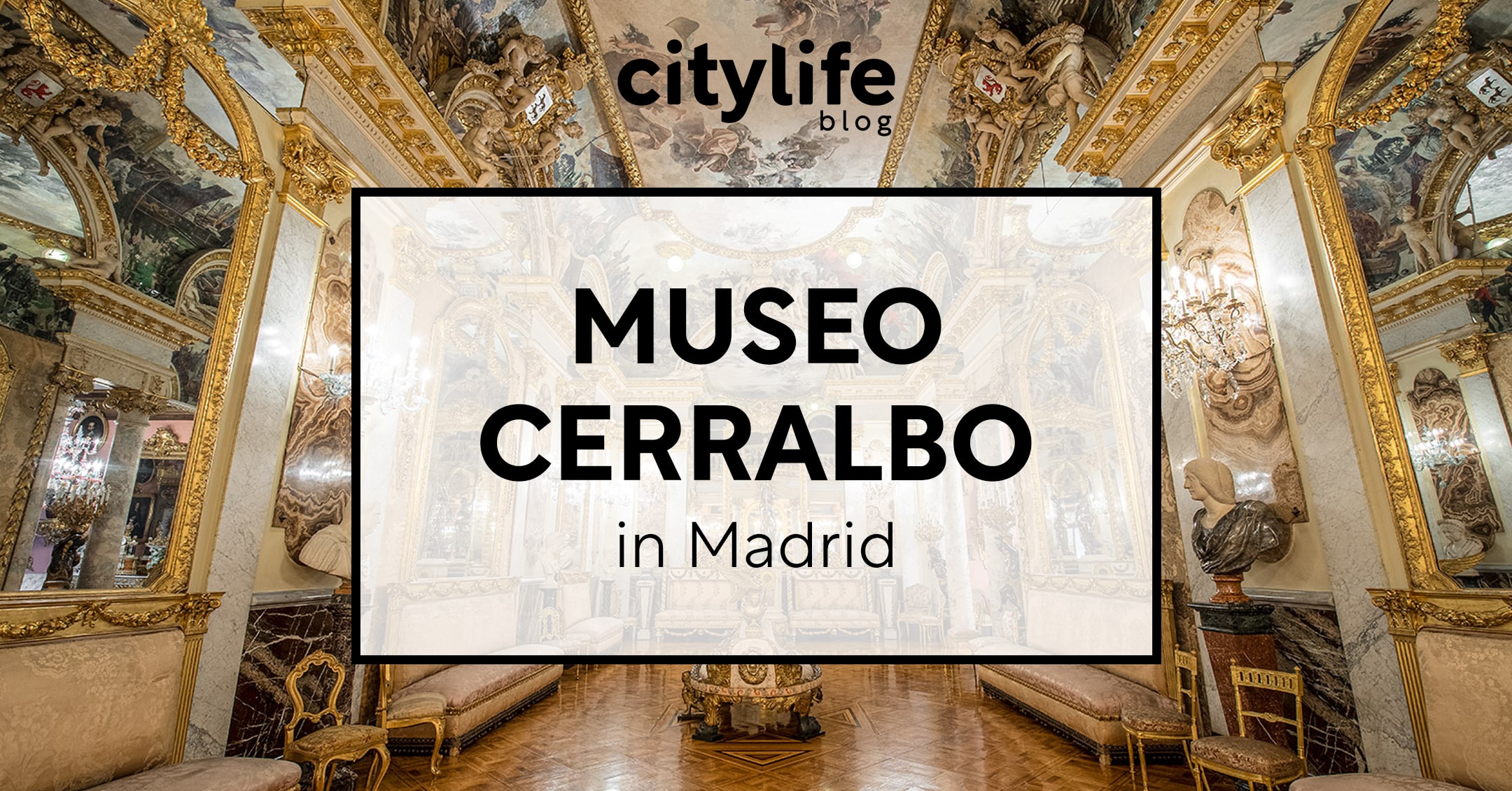
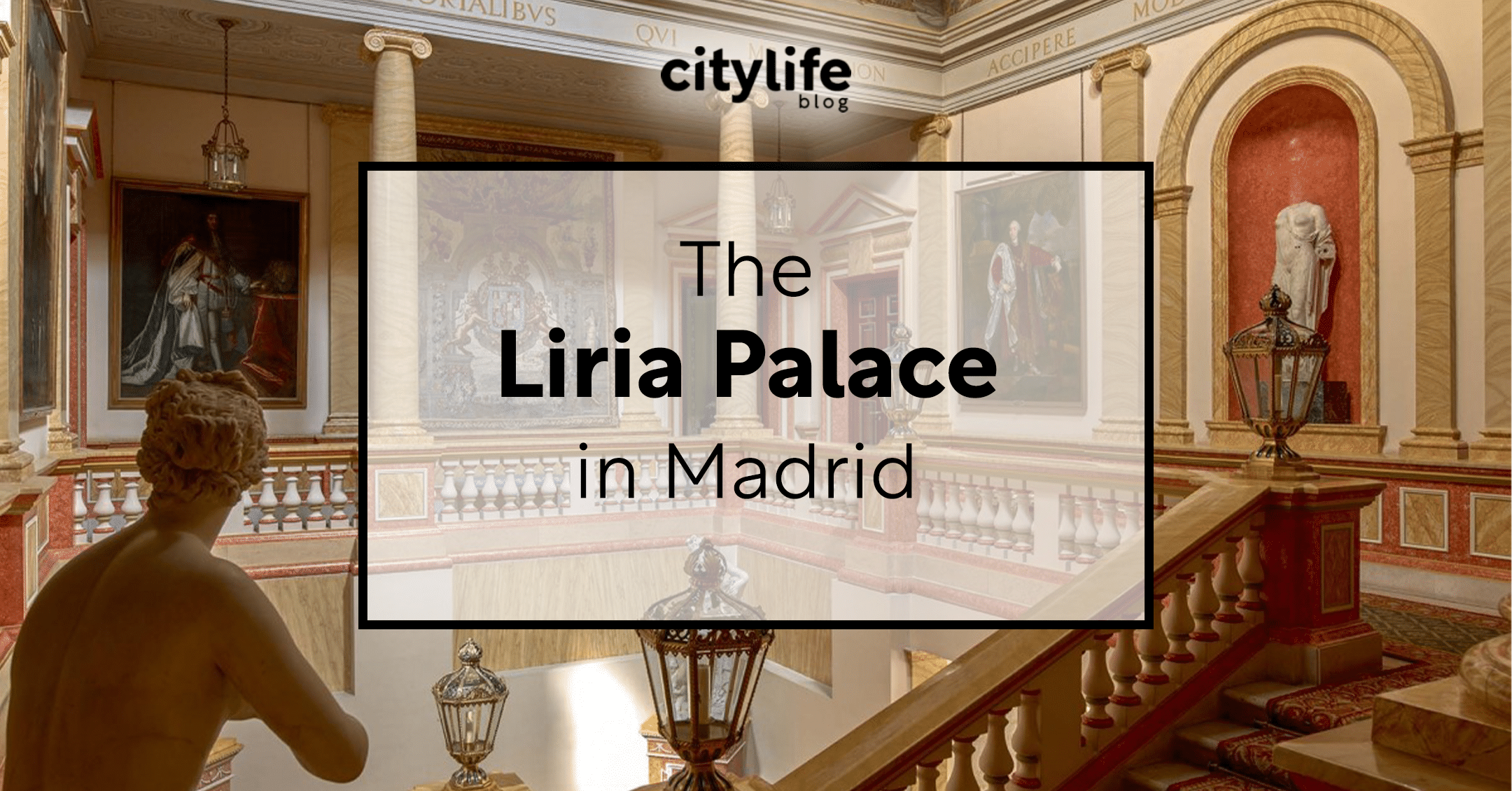
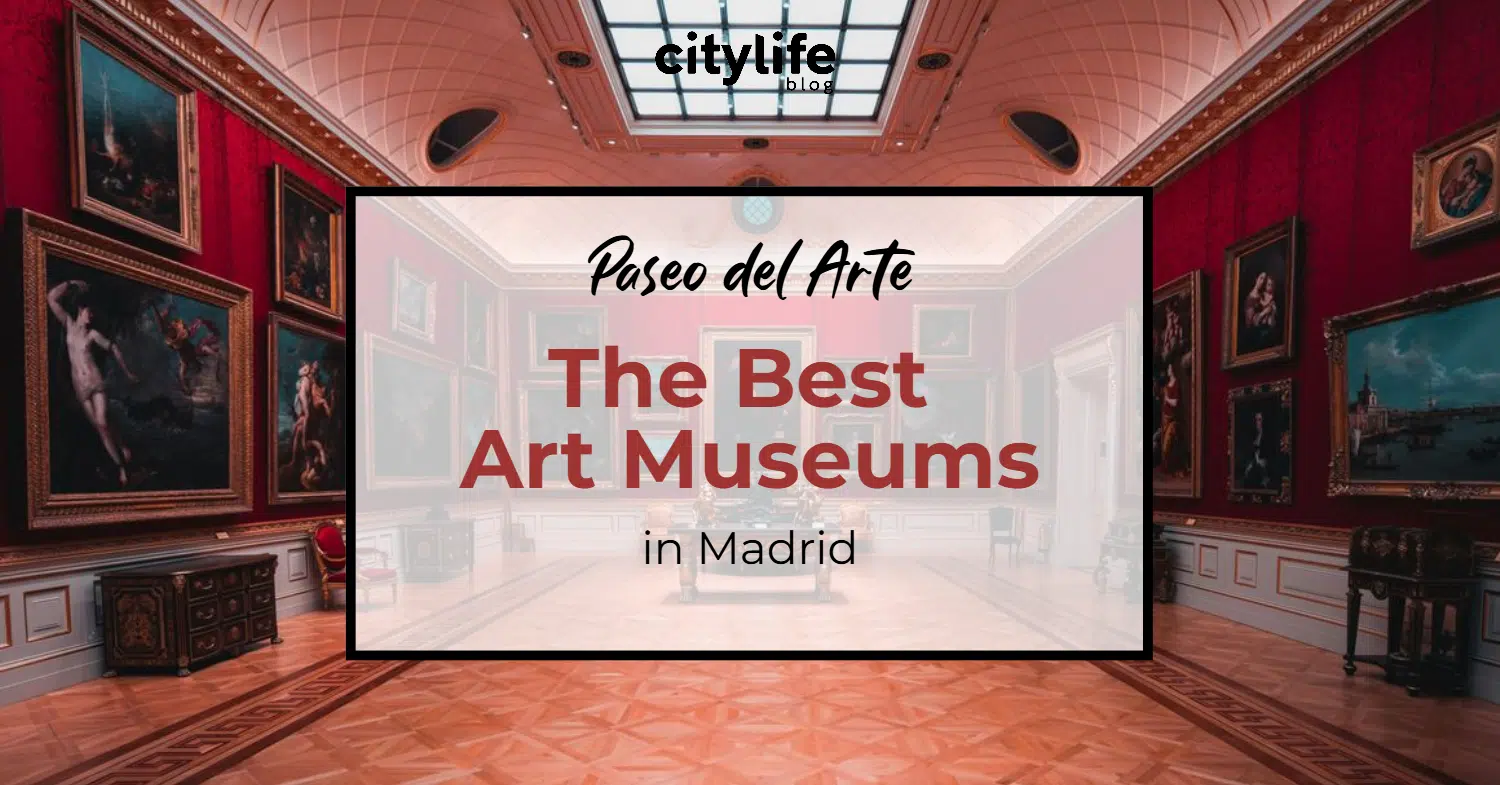
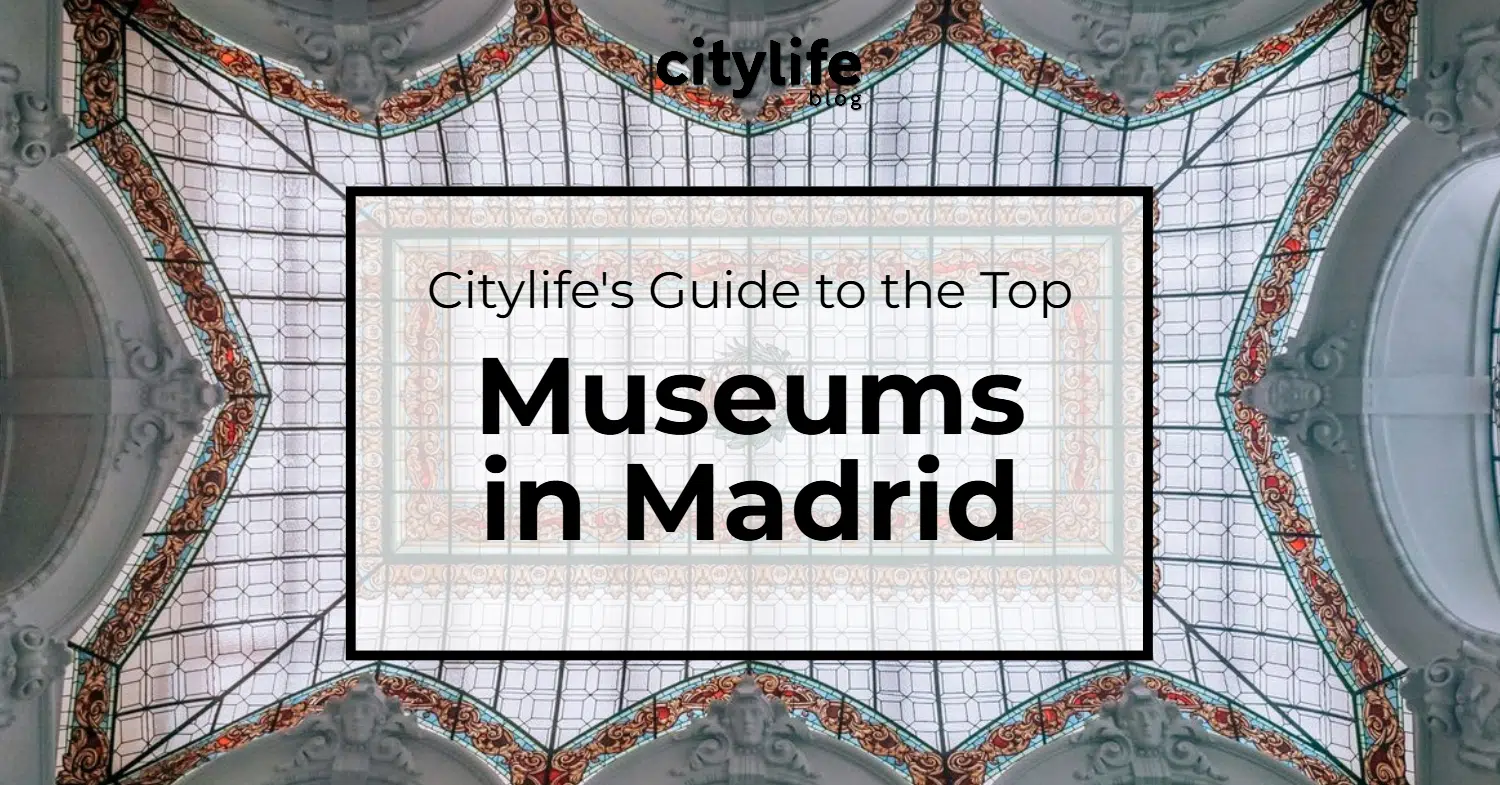
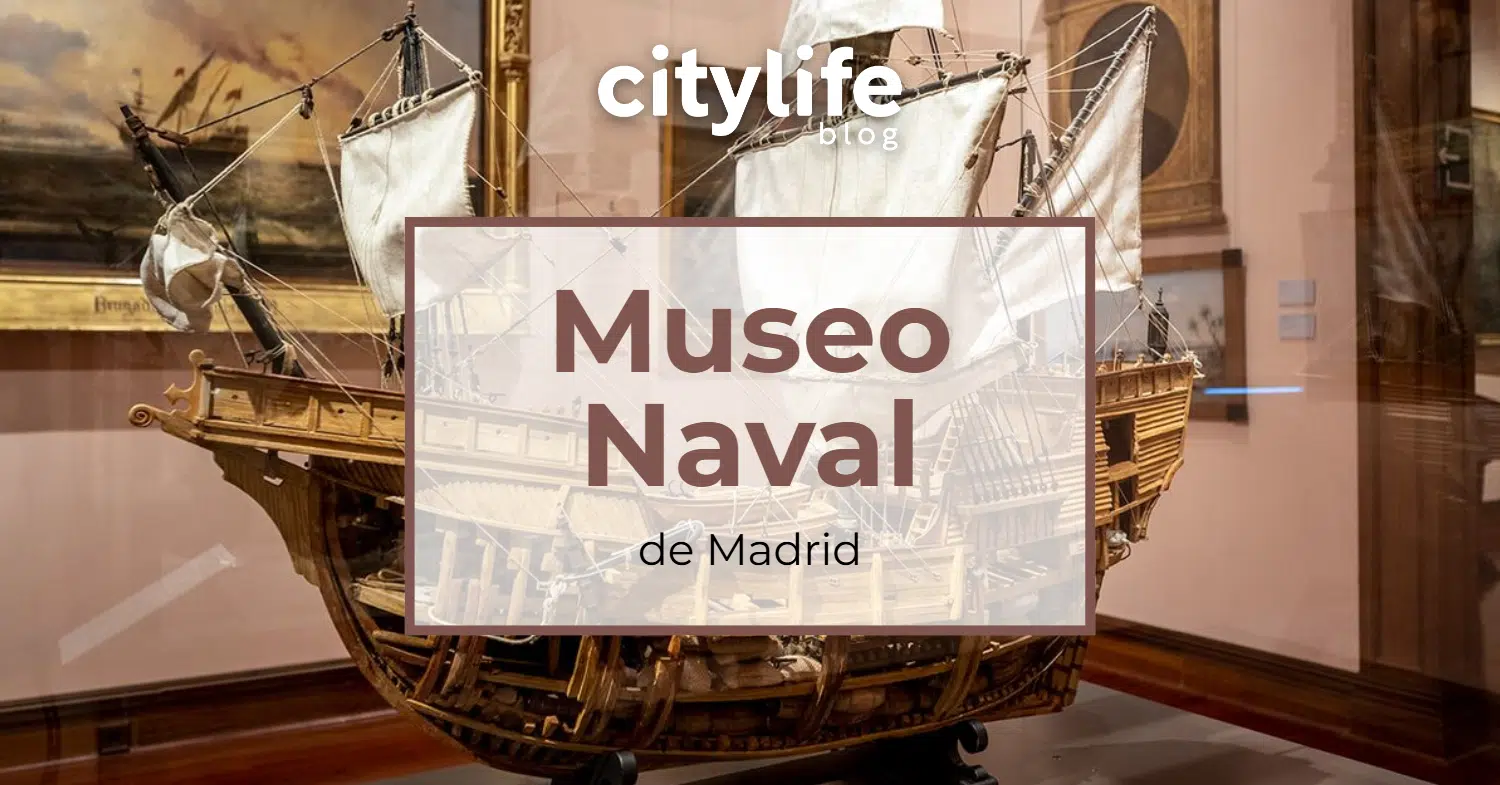
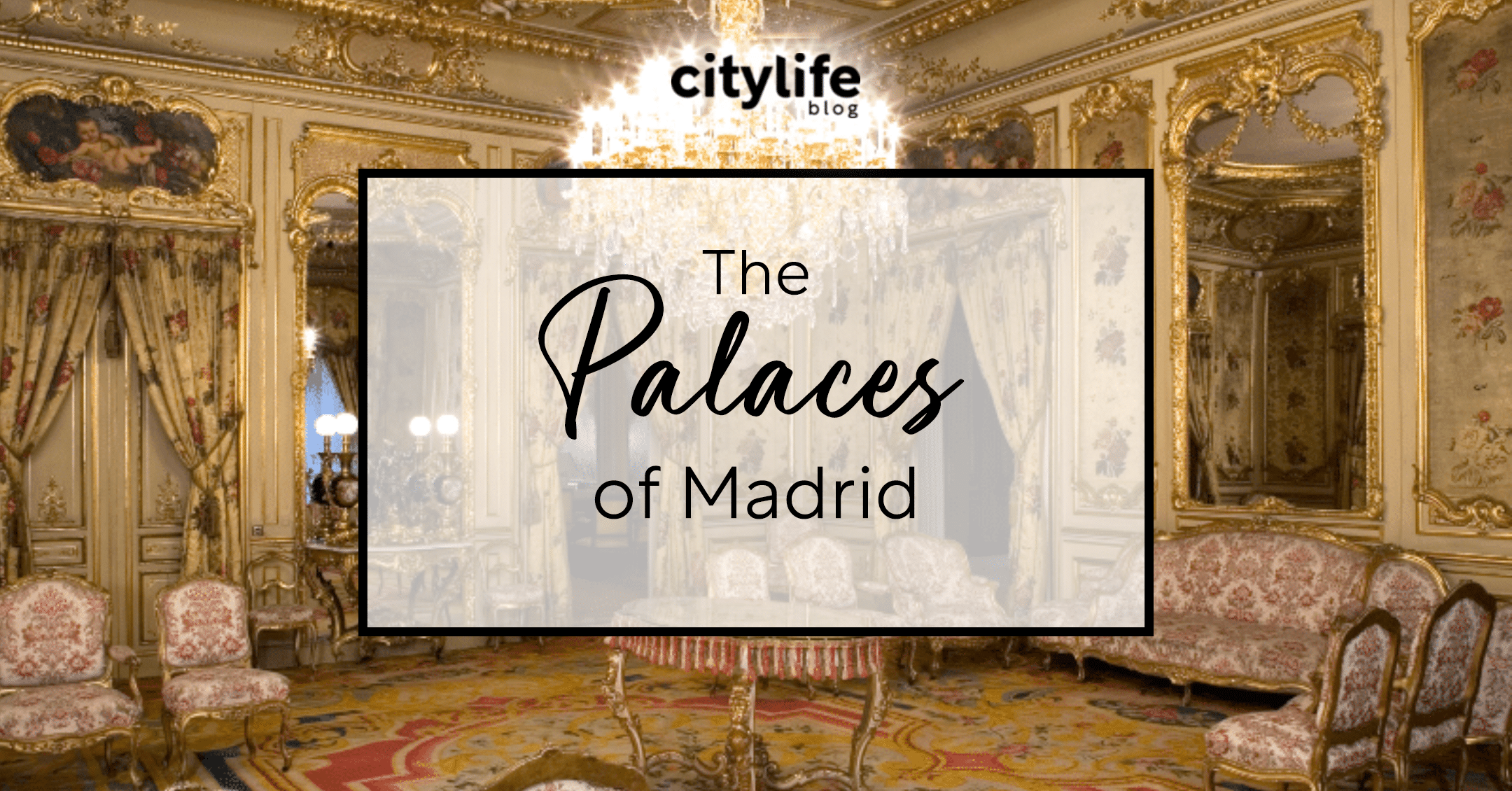

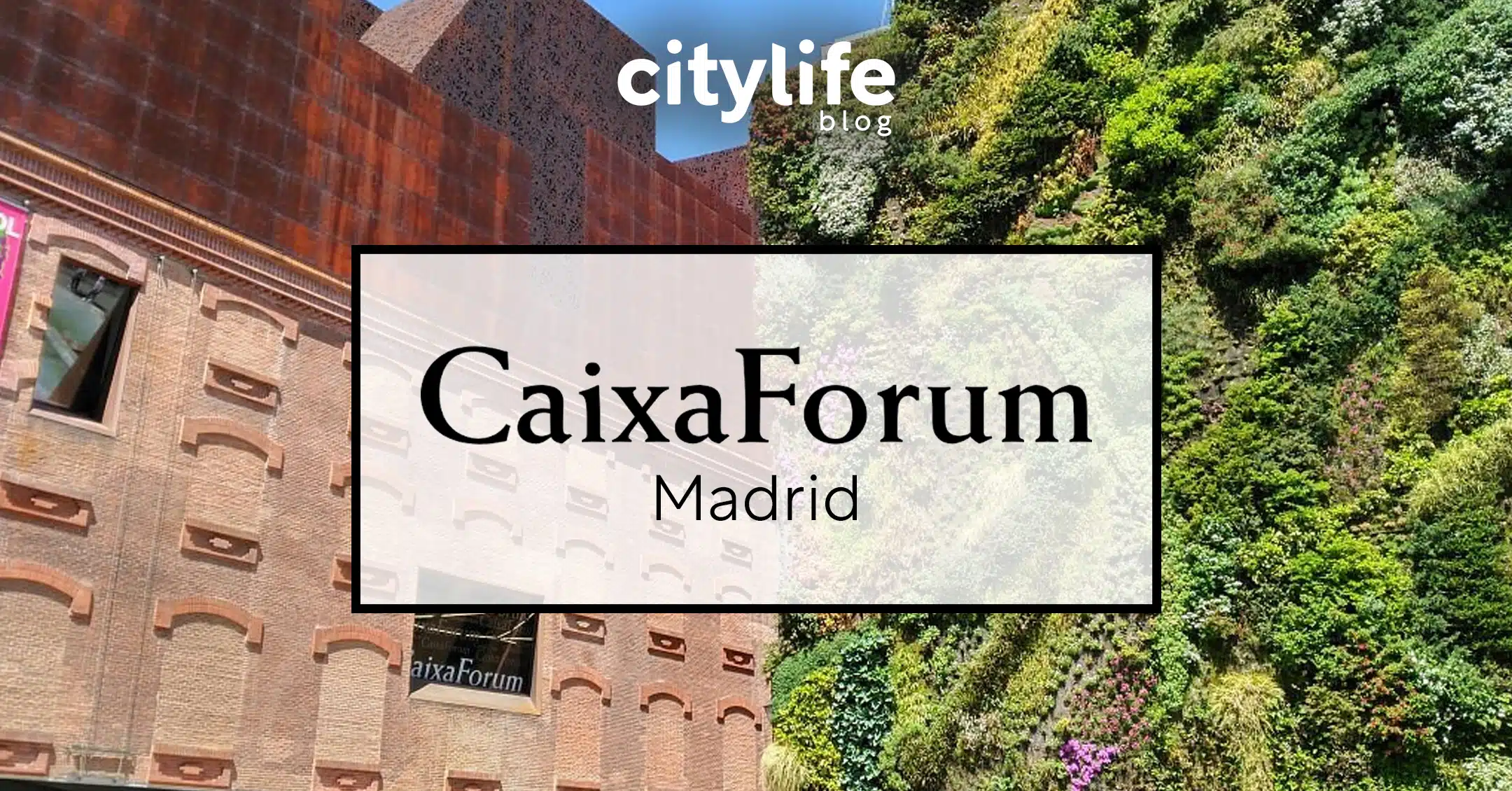
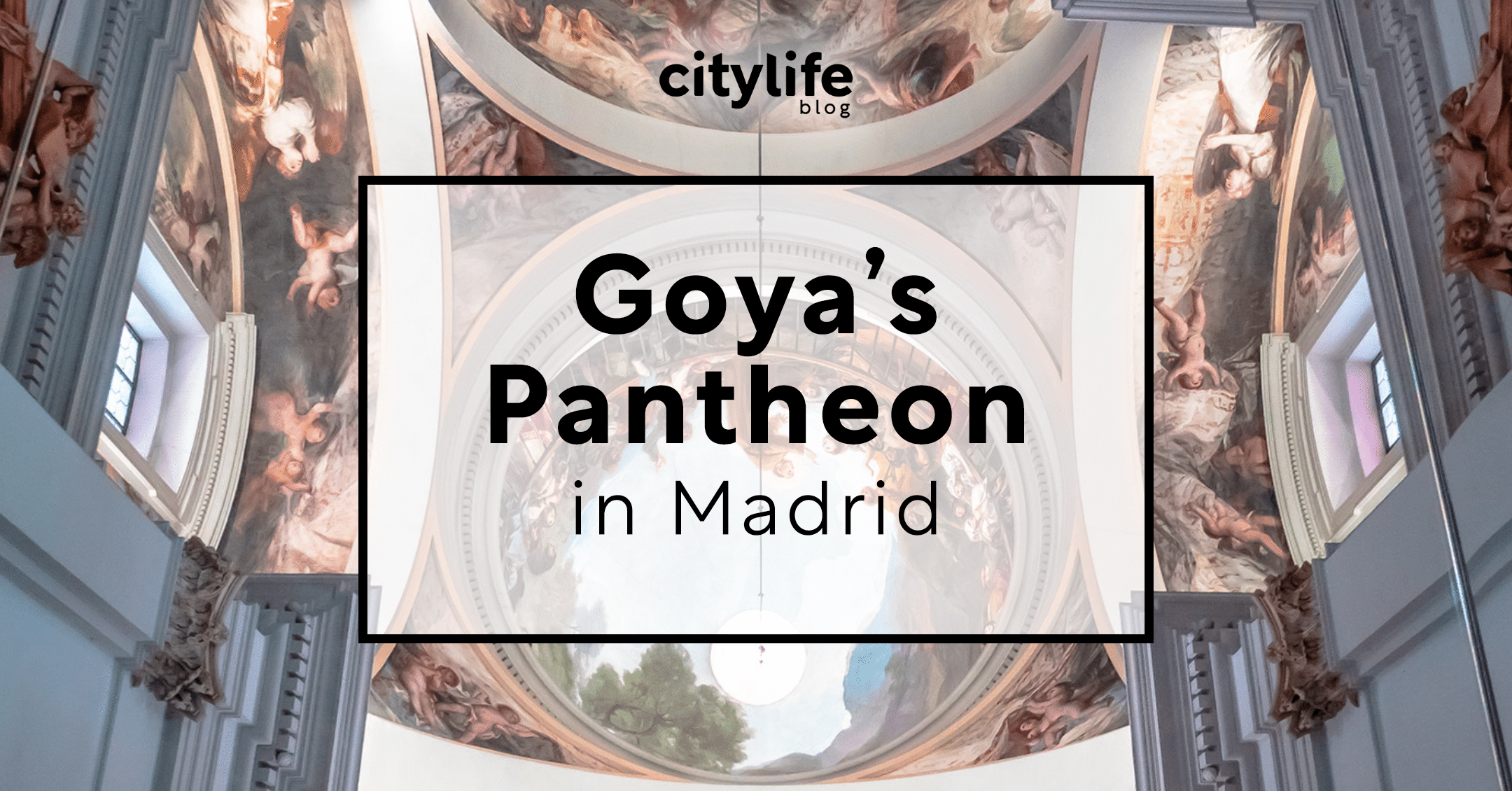
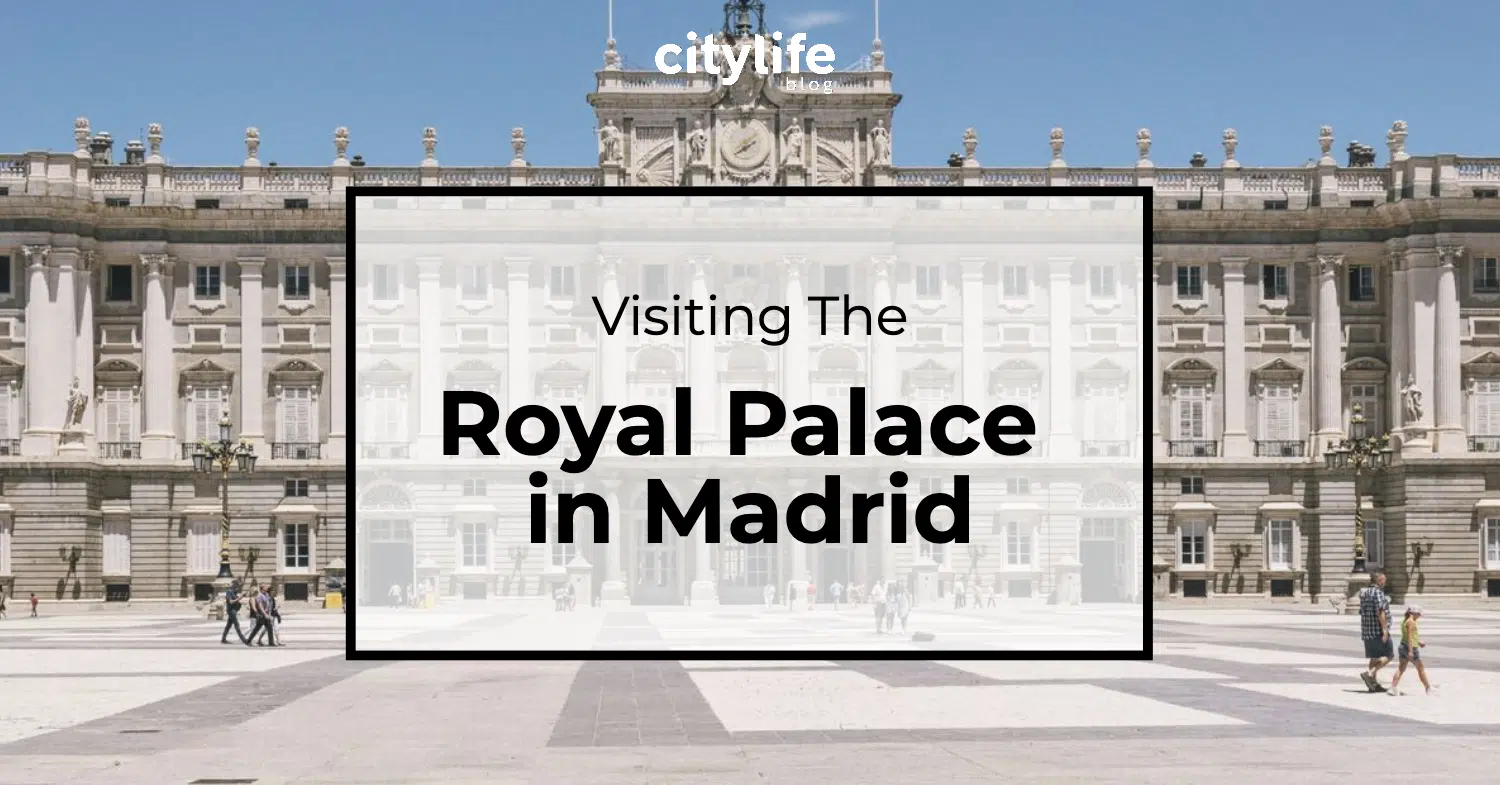
1 Comment. Leave new
Ooh I’ve been there! I went on a walking tour with MADride and in the end of the route the guide told us about some museums we could visit for free, and this one was on the list so I went there and I LOVED it! Skeletons, eek 🙂